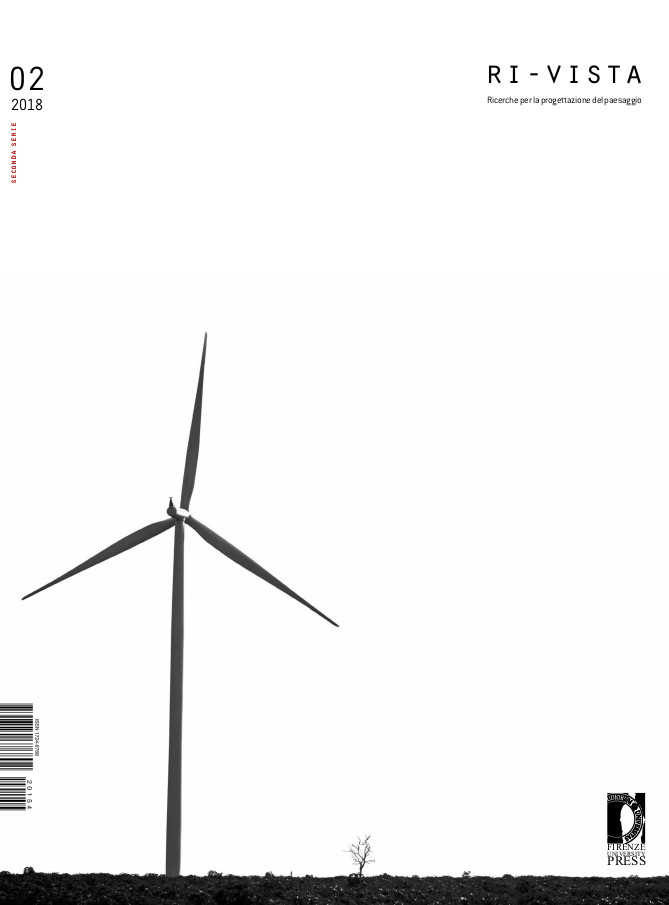The morphosis of the Albanian socialist cityscape. A reaction to buildings with high-energy consumption
Published 2019-04-15
Keywords
- Albania,
- socialist city,
- energy
How to Cite
Abstract
For more than 45 years, Albania went through the toughest experience of communism among the Eastern Bloc countries. The ideology strongly influenced the urban character of the cities, which had an intensive development during this period. Although the city had to represent the power of the system, architecture, considering the poor economy, offered merely the basics. In the housing sector, industrialization and standardization resulted to produce modest shelters with very low or no concerns about building quality, energy consumption and comfort.
After the fall of the regime, the buildings and the city failed to meet the increasing demand for energy, comfort and better life standards. Under these circumstances, people took control on architecture and started to adapt their buildings by living remarkable traces that definitely altered the Albanian socialist cityscape. The article discusses the options of regaining the image of the city while points out the need for resilient and efficient models in architectural design and city planning.






